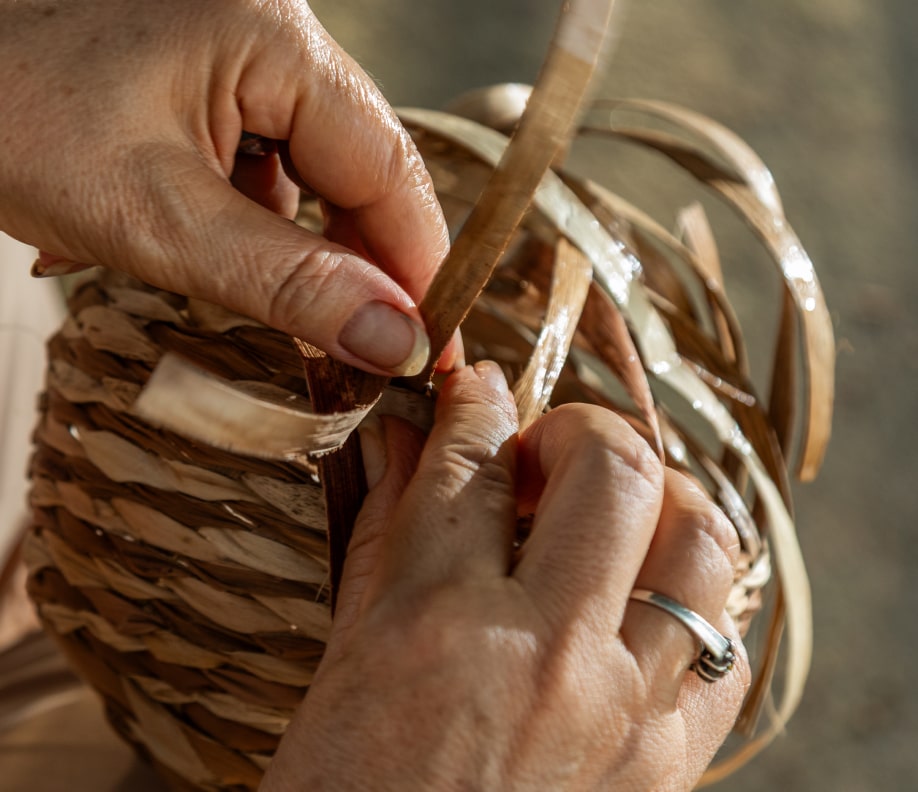Tolima Route
Tolimense craftsmanship are two words that go together well. For many people, in fact, some of the first referents that come to mind when thinking of Colombian craftsmanship are the La Chamba pots: those monumental black clay containers on which we have enjoyed our typical dishes for so long. This route pays homage to this pottery tradition, introducing you to some of the most skillful and original masters. All of them are dedicated to a trade that they know is complex and that they value because of the immense physical effort it requires. They also know that, due to the quality of their work, they have come to deserve the denomination of origin seal, and they are the ones who are most interested in carefully preserving that honor. Suffice it to say that the suitcases you take with you should be empty, because the temptation of taking the most beautiful wares back with you once you discover who made them is going to be too big to resist. You will see that taking this trip is very much worth it. And, since this department is bursting with culture —it is rich in music like the pasillo, the bambuco, the bunde, and the guabina, as well as in food, myths, and dream landscapes—, we want to take you through Ibagué, the capital, and to El Guamo, cradle of the royal palm, a marvelous plant with which the regional symbol of the department has been created: the tolimense hat. Witness its weavers work and you will become speechless. It will be a trip through a department that is worth knowing. A lot.
ARTISAN TRAILS IN Tolima
Embark on a journey full of history
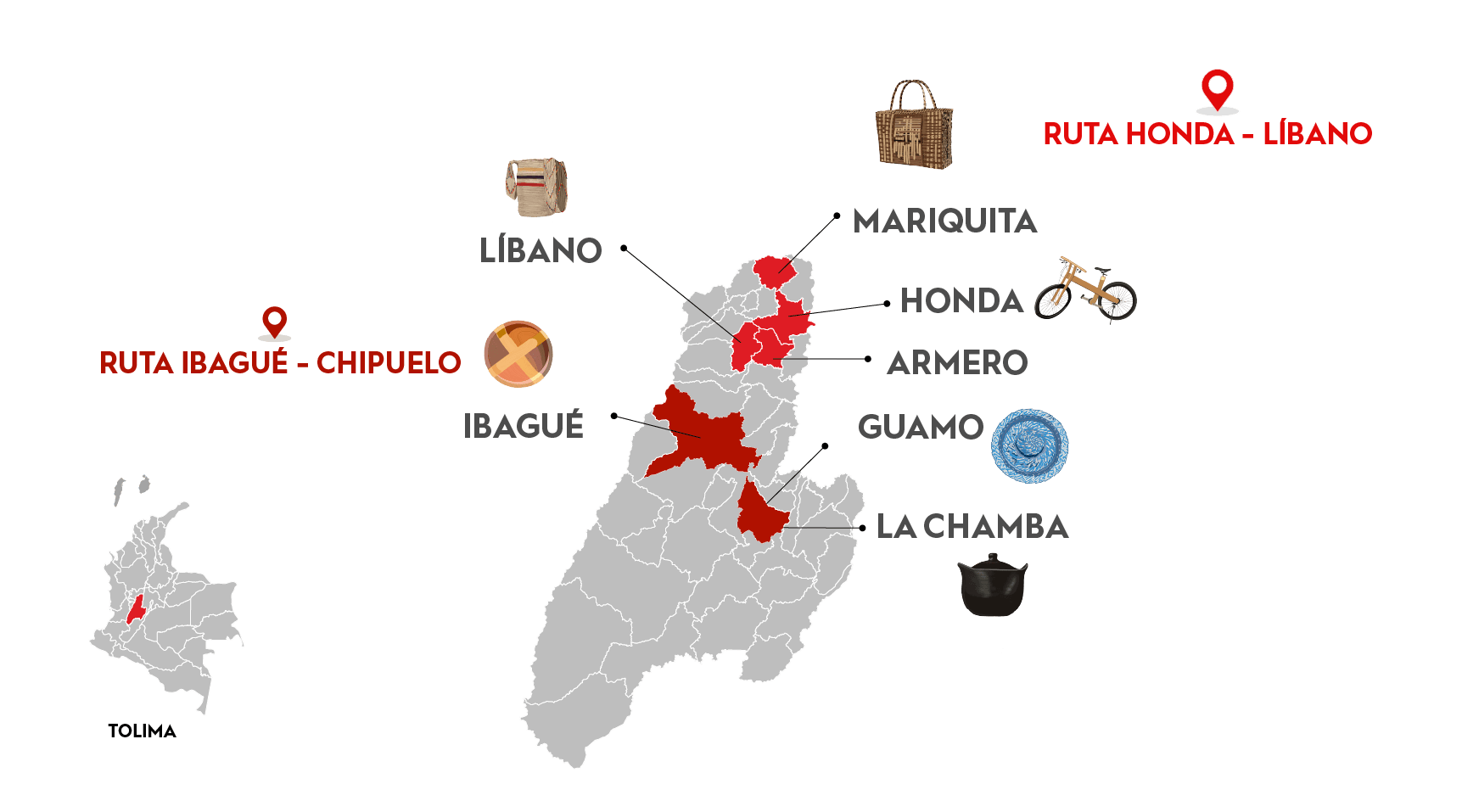
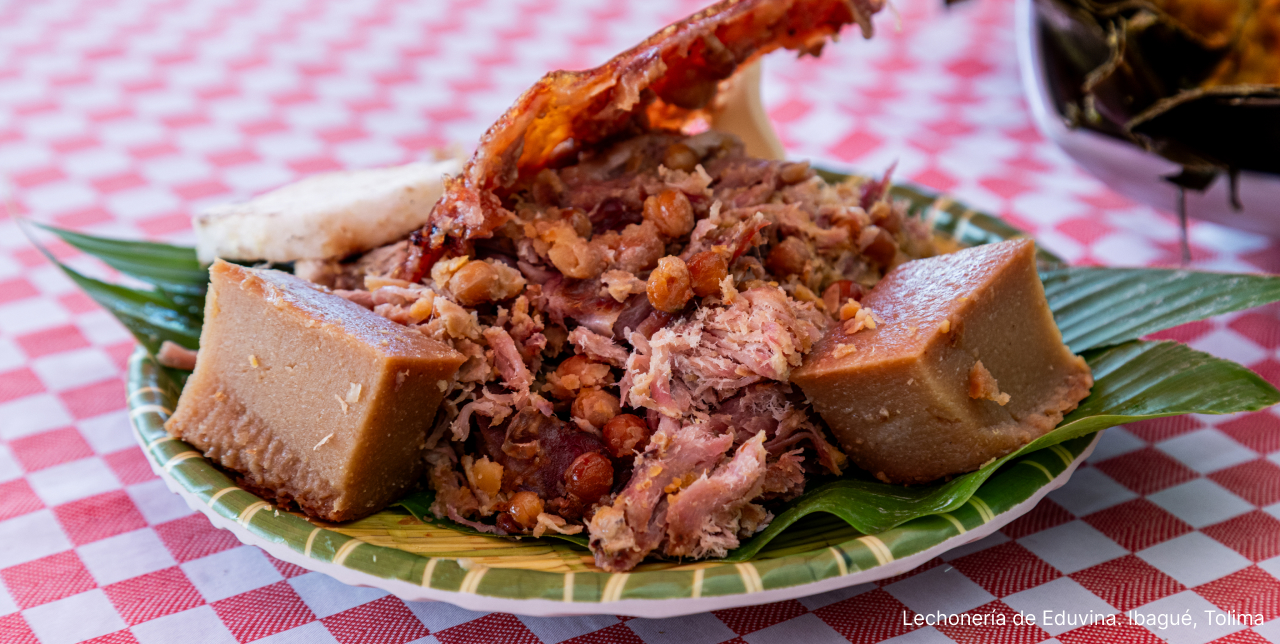
Traditional cuisine
and typical bites
Provoke yourself
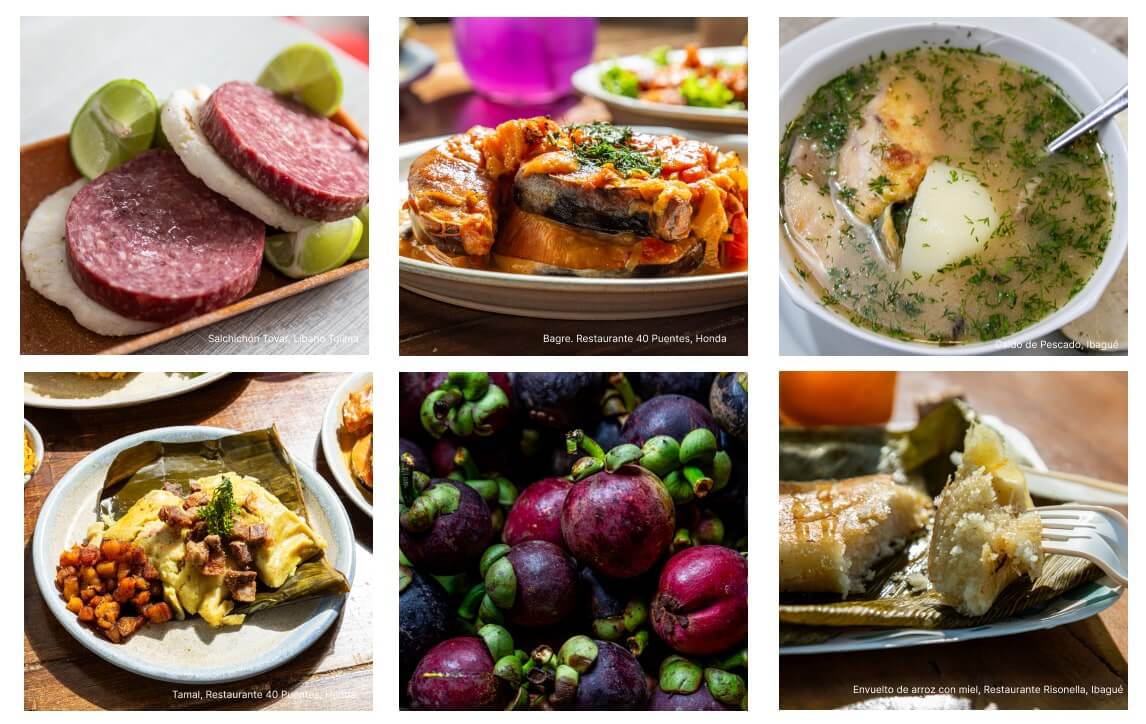
Don't leave without eating this 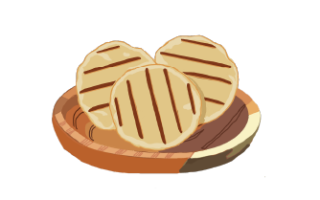
La Lechona es el plato emblemático del Tolima y de la cocina tradicional colombiana. La lechona del Tolima se caracteriza por rellenar un cerdo entero con su carne, arveja seca amarilla, especias y hierbas fresca (no lleva arroz), se hornea en horno de leña o gas por unas 12 horas hasta que el cuero de la lechona quede crujiente. La Lechonería Eduvina lleva más de 40 años en Ibagué con esta tradición tolimense, al igual que La Mona lechonería, de Espinal.
Los tamales tolimenses son la merienda destacada del Tolima y se pueden comer a cualquier hora del día. Están hechos de masa de maíz, carne de cerdo, pollo, tocino, arvejas secas y hogo, envueltos en hoja de plátano y cocinados en ollas al vapor durante dos o tres horas. Se sirven con chocolate caliente y pan o arepa; Tamales Don floro, Tamales de la Pola y Tamales de la Gobernación son especializados en su fabricación en Ibagué conservando la tradición del departamento.
To lunch we go 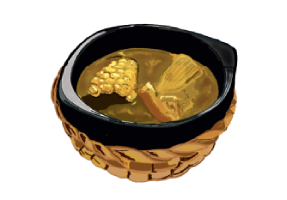
El Sancocho de gallina criolla es una sopa típica del Tolima donde se cocina la gallina durante varias horas en leña junto con plátano verde, yuca, arracacha y mazorca y se sirve acompañado de arroz, aguacate y hogo. El restaurante Don Pedro, en Ibagué, ofrece éste y muchos más platos típicos del departamento.
El Viudo de bocachico es una preparación hecha en leña donde este pescado se pone a cocinar en un poco de agua con aliños y se le van agregando diferentes tubérculos como yuca, arracacha y plátano. Ya para servir se le agrega un hogo especiado y se acompaña con arroz; el Restaurante Puerto Mojarra, en Ibagué, ofrece éste y otros platos con pescados.
Flavors to discover and snack on 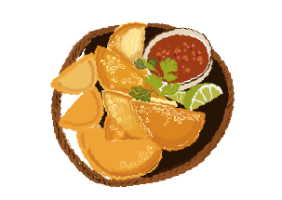
El arroz de la meseta de Ibagué es el único en Colombia con Denominación de Origen Protegida, lo que enaltece los cultivos que se dan en este territorio. El Restaurante Risonella ofrece una gran variedad de productos hechos con este arroz como arepas, arrozatas, horchata, arroz con leche y diferentes amasijos y para los que le gustan las preparaciones diferentes con arroz, está El Gran Camarón Quillero, en Ibagué.
To sweeten the palate and unmissable drinks 
El arroz con leche es un postre típico del país, que al hacerse con su arroz con Denominación de Origen lo hace aún más sabroso. El restaurante Risonella expone de diferentes maneras este postre desde hace muchos años.
El pan batido del Tolima, las colaciones y los amasijos son muy apetecidos por locales y turistas: mojicones, galletas, calentanos, lenguas y roscones se pueden encontrar en la premiada panadería La GOGO, en Ibagué.

Pueblo Patrimonio
La Red Turística de Pueblos Patrimonio de Colombia es un programa especial del Ministerio de Comercio, Industria y Turismo, ejecutado por FONTUR, que trabaja con 17 municipios de Colombia que poseen declaratoria de Bien de Interés Cultural (BIC) a nivel nacional para su valoración y proyección mediante el turismo, generando así más oportunidades de desarrollo y sostenibilidad en las comunidades.

La Medalla a la Maestría Artesanal es un galardón que Artesanías de Colombia entrega anualmente, con el cual se hace un reconocimiento a aquellos artesanos, empresas y comunidades artesanales que, contando con una trayectoria destacada, sobresalen a nivel nacional por su excelencia en el oficio así como por preservar el quehacer artesanal.

Denominación de Origen
Es un signo distintivo que identifica productos reconocidos o famosos por tener una calidad o características específicas derivadas esencialmente del lugar de origen y la forma tradicional de extracción, elaboración y producción por parte de sus habitantes. La protección conferida sobre una Denominación de Origen implica que ninguna persona puede identificar con la denominación protegida productos iguales o similares a los amparados, cuando no provengan del verdadero lugar y no cumplan con las características o calidades que le han dado la reputación al producto reconocido. Las Denominaciones de Origen para productos artesanales colombianos que han sido protegidas por la Superintendencia de Industria y Comercio en nuestro país son actualmente 12.
No puede copiar contenido de esta página









































